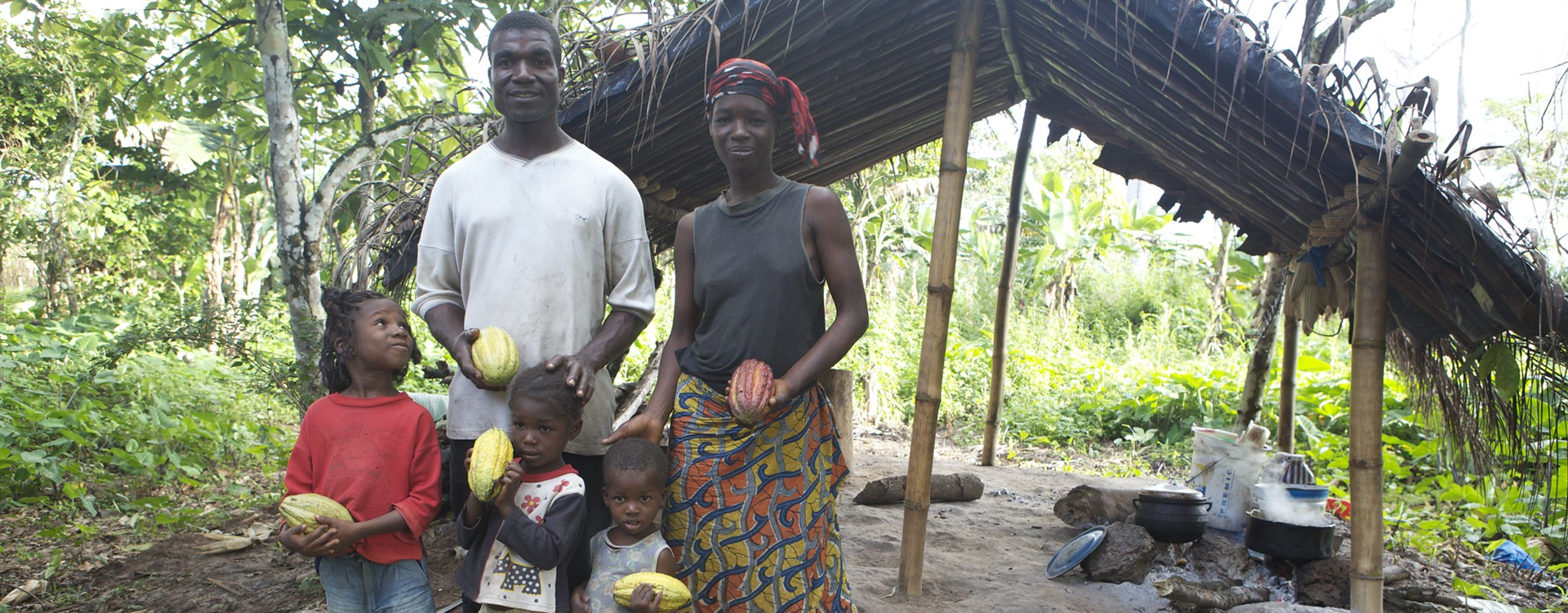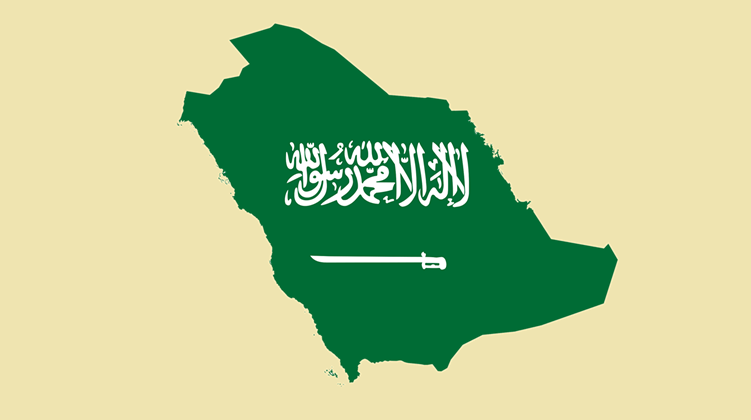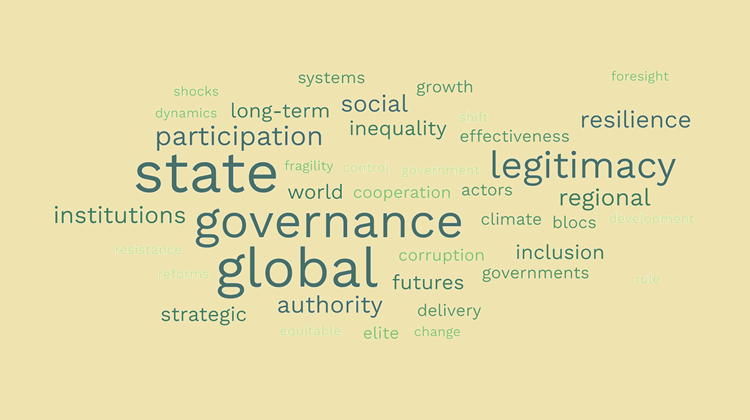Côte d’Ivoire’s cocoa economy: time to make the chocolate

Côte d’Ivoire must move beyond raw bean exports and build a sustainable, value-added cocoa industry for lasting prosperity.
Côte d’Ivoire is not just one of Africa’s fastest-growing economies; it is also the world’s largest cocoa producer, accounting for about 40% of global production. Cocoa exports fuel the agricultural sector which employs two-thirds of the population and accounts for 60% of export receipts.
Yet, despite this dominance, the country only captures a fraction of the cocoa value chain. Cocoa and related products make up 30% of its total exports; however, only 2.4% constitutes finished chocolate products, while raw cocoa beans dominate shipments. A large bulk of the profits in the cocoa industry are derived from processing, branding, marketing and retailing, much of which occurs in developed countries such as Germany. This imbalance reveals a critical weakness: without processing, Côte d’Ivoire gains minimal benefit from its most important commodity while exporting opportunities and wealth to the chocolate makers of Europe.
Although the cocoa industry is a lifeline for the rural economy, farmers remain stuck in a cycle of vulnerability, facing low incomes, price volatility and increasing threats from climate change and labour issues. Despite its agricultural prowess, Côte d’Ivoire’s farming sector, with cocoa at its core, is under pressure. Agriculture accounted for 15.5% of GDP in 2023, but its share of GDP is projected to shrink to 6.6% by 2043 as the economy evolves.
While agricultural production is expected to nominally grow to 50.2 million metric tons by 2043, sustaining cocoa’s central role in exports and livelihoods will be critical. Rising domestic demand will push food import dependence up to 18.3%. Given that 75% of Côte d’Ivoire’s land is suitable for agriculture, this gap signals missed opportunities to boost cocoa productivity and scale value addition.
The country’s dependence on a few export commodities, particularly cocoa, makes it vulnerable to external shocks. Weather events, fluctuating global demand and political uncertainties can all have detrimental impacts. Diversifying agricultural production and improving yields can provide buffers against these risks. The labour force also faces challenges. An ageing farming population and younger generations moving to cities for different opportunities may lead to labour shortages. Training programs, technological innovation in agriculture and incentives to stay in rural areas will be critical to keeping the sector viable.
While broader diversification of agriculture will be essential to protect food systems and boost overall economic resilience, simultaneously strengthening the cocoa sector through processing capacity offers a strategic path to industrialise the country’s economy.
Unlocking cocoa’s actual value through industrialisation
While agriculture’s share of GDP will contract, manufacturing is set to expand from 13% in 2023 to 23.7% by 2043. Industrialisation is a key pillar of Côte d’Ivoire’s National Development Plan (NDP 2021-2025) and cocoa is the perfect candidate for this transformation.
Most cocoa leaves the country unprocessed, even as industries like rubber and fruit are being industrialised. A combination of barriers and limitations causes Côte d’Ivoire’s cocoa sector to remain unprocessed. High energy costs and input costs can make domestic processing expensive and uncompetitive. Inadequate urban and industrial infrastructure and logistics challenges, such as inefficient road checkpoints, constrain further development. Limited access to finance and technology for processors, in combination with the dominance of powerful multinational buyers who control the global chocolate market and supply chains, are the key reasons that reduce the country’s leverage in capturing more value.
Shifting from raw beans to semi-finished products or even fine chocolate could supercharge the economy. For instance, the total European imports of all semi-finished cocoa products (cocoa paste, butter and powder) increased by 3.1% in 2021-2022, and in several European countries the chocolate business keeps growing steadily. Additional use of cocoa byproducts, such as animal food or biochar processed from pod husks, offers opportunities to scale value-addition and innovation.
Under the Manufacturing scenario, manufacturing’s contribution to GDP would reach $58.3 billion by 2043, a $9.8 billion lift over the Current Path. Properly industrialised cocoa could be a cornerstone of that leap. It is a strategic opportunity to expand the manufacturing base and climb the value ladder.
The opportunities extend beyond traditional international export markets and national demand. Côte d’Ivoire could become a regional hub for cocoa processing and chocolate production, supplying local consumers and the broader African market and thereby diversifying risk and expanding its footprint. With the continent’s middle class growing, demand for higher-quality, locally produced chocolate products is rising. Competing with Ghana, which aims to process 50% of its cocoa domestically, requires Côte d’Ivoire to invest in infrastructure, quality and branding.
Real transformation will require investing across the entire sector for value addition and promises to create much-needed jobs. This includes boosting farm productivity and establishing capacities for processing, branding and logistics for regional and international markets. The vertical integration of farmers into the value chain must be improved. Cooperatives can be supported in establishing small-scale processing and packaging facilities. Profit-sharing models and ownership stakes in processing initiatives can be offered. Processing raw cocoa into butter, powder, liquor and finished chocolate products can spur the growth of ancillary industries, such as packaging, logistics and marketing. These industries would diversify the economy and provide additional employment opportunities, particularly for the youth and women. Côte d’Ivoire has already made significant progress and currently leads in installed and utilised cocoa grinding capacity, for example. Ghana, the world’s second-largest cocoa producer, faced similar challenges and has taken notable steps to improve local processing capacity. It also introduced certification schemes such as Fairtrade and Rainforest Alliance that especially promote the economic situation of small-scale farmers. These steps, aiming to improve sustainability and capture value locally, offer useful lessons. Regarding marketing, Côte d’Ivoire lacks strong local brands yet should increase the positioning of premium, traceable products, which can attract the attention of urban African consumers as well as open doors to Asia’s growing chocolate markets. Ghana, similarly, celebrates National Chocolate Day, coinciding with Valentine’s Day, to boost local consumption.
Through strong local brands, Côte d’Ivoire could tap into growing Asian chocolate markets
Côte d’Ivoire is not just in the pursuit of growth; it is emerging as a sustainability leader in Africa. In 2024, it received a US$35 million payout from the World Bank for cutting 7 million tons of CO₂ emissions by protecting forests vital to cocoa cultivation.
With sustainability at the core, expanding agroforestry and enforcing better land management practices could bolster cocoa resilience and enhance access to climate finance. Climate-smart cocoa farming must become the norm, integrating practices that restore soil health, improve water management and boost biodiversity. Agroforestry, where cocoa is grown under the canopy of other trees, helps protect against soil erosion and improves yields while reducing carbon emissions.
Sustainability is not just an environmental imperative but an economic one. Global consumers are increasingly demanding ethically sourced and environmentally friendly products. Meeting these standards will open premium markets for Côte d’Ivoire’s cocoa products and enhance the country’s reputation on the global stage.
A future written in chocolate
To unlock cocoa’s full potential, Côte d’Ivoire must invest in domestic processing to move up the value chain and retain more wealth. It must support farmers by improving training, technology access and farmgate prices. The Large Infrastructure and Leapfrogging scenario forecasts a 96.3% national electrification rate by 2043, highlighting the critical role of expanding infrastructure to power industries. Leveraging the African Continental Free Trade Area (AfCFTA) will allow Côte d’Ivoire to expand its markets and improve its trade balance, forecast to reach a surplus of 3.1% of GDP by 2043 under full AfCFTA implementation. In particular, AfCFTA could reduce trade barriers for semi-finished and finished goods and enable the country to tap into regional demand.
Strengthening rural infrastructure such as roads, storage facilities and market access will be critical to addressing farm-level challenges. Poor infrastructure leads to high post-harvest losses and keeps farmers isolated from lucrative markets. Improved transport links would not only facilitate the movement of goods but also enable the flow of information, technology and innovation to rural areas.
Strengthening rural infrastructure such as roads, storage facilities and market access will be critical to addressing farm-level challenges
Financial services tailored to smallholder farmers and cocoa entrepreneurs are another essential piece of the puzzle. Access to credit and insurance products will empower farmers to invest in productivity-enhancing inputs and protect themselves from climate and price shocks.
Public-private partnerships can help build a robust cocoa value chain. Collaborative efforts between government agencies, private investors, NGOs and farmer cooperatives will be needed to drive innovation, build processing capacity and ensure sustainability throughout the sector. Targeted programs, such as Ghana’s MASO initiative, for instance, that train and equip young entrepreneurs, show how sustainable cocoa production and agro-processing can be boosted. Côte d’Ivoire could benefit from similar investments to focus on the next generation of green cocoa leaders.
Côte d’Ivoire has the raw material and the potential. However, raw beans alone will not be enough to achieve upper-middle-income status. By industrialising its cocoa sector and building a sustainable, value-added economy, Côte d’Ivoire can turn its cocoa dominance into long-term prosperity, yet it will not be easy. The global chocolate market is dominated by buyers—multinational corporations like Nestlé, Mars, Mondelez and Barry Callebaut. These companies have strong bargaining power, diversified supply chains and the ability to stockpile cocoa. They also often buy cocoa through futures markets, limiting producers' ability to influence short-term prices. Buyers can shift to non-cooperating countries because many countries produce cocoa, including Ecuador, Indonesia and Brazil. As a result, in 2019, a coordinated effort—the Côte d’Ivoire-Ghana Cocoa Initiative (CIGCI)—was introduced to influence prices and improve incomes. This attempt to form a cartel, often referred to as the ‘Cocoa OPEC’, using a surcharge on cocoa to support farmers has, however, been challenging due to multinational pushback and lack of enforcement, and the road to greater success is long and hard.
The future of Côte d’Ivoire’s economy could be as rich and rewarding as the finest dark chocolate, but only if the country moves beyond exporting raw potential and starts exporting finished goods. Côte d’Ivoire must broaden and solidify its agricultural portfolio to reduce vulnerabilities and ensure that domestic food demands are met. Cocoa remains a key opportunity to expand its agricultural sector, to transform the country’s industry on a large scale and to capture more export value. And who knows? If Côte d’Ivoire plays its cards right, it might just give Switzerland a run for its money as the world’s premier chocolate powerhouse.
Image: Nestlé/Flickr
Read the recently updated full country analysis of Côte d’Ivoire here.






